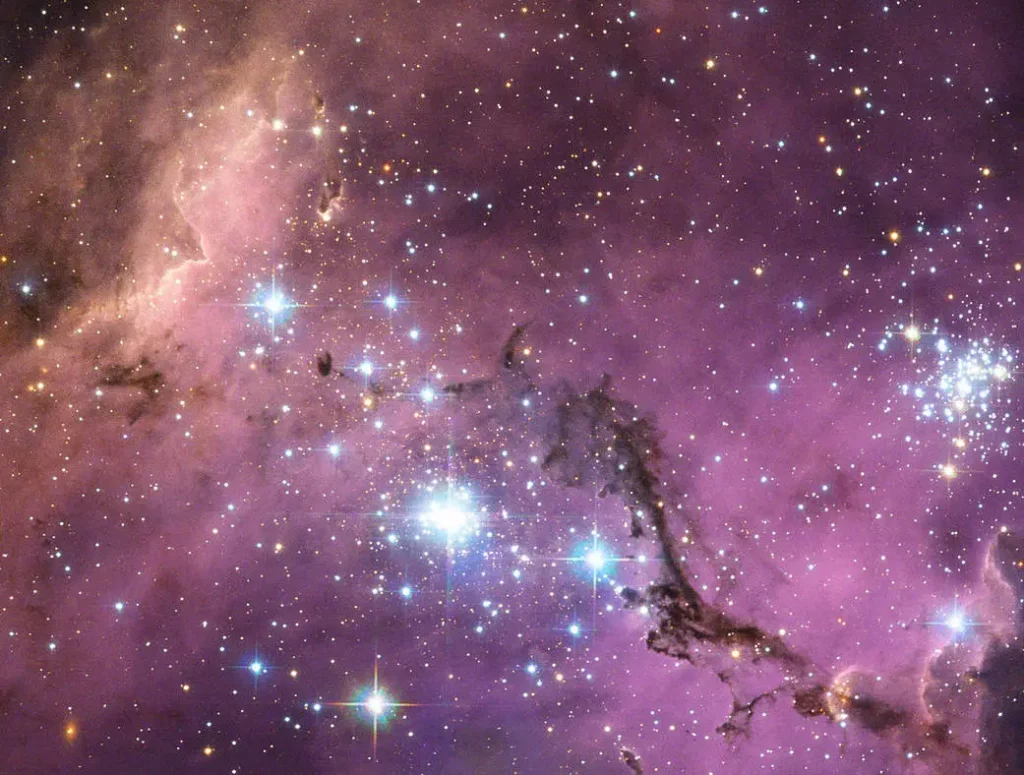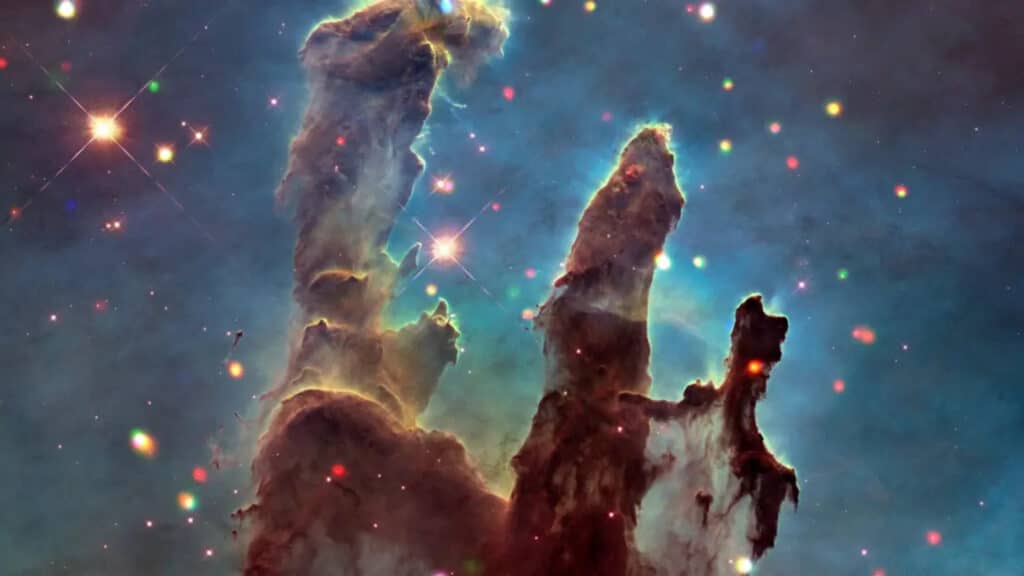The stars have always beckoned to our eyes with their twinkling light. But what if we could hear the universe as well? A new study published in the journal Frontiers in Communication is exploring this intriguing question, delving into how “sonifications” — auditory representations of data — can make astronomy more engaging and accessible.
Astronomy has long been a predominantly visual science. From Galileo sketching the moon’s craters to Hubble’s breathtaking space vistas, we’ve relied on sight to understand the cosmos. However, this emphasis on visuals inadvertently excludes the blind and low-vision (BLV) community. It also overlooks the potential of other senses, like hearing, to convey the wonders of the universe.

This is where data sonification comes in. Just as a graph can visually represent numbers, sonification translates data into sound. Different aspects like brightness, position, or composition are mapped to auditory features like volume, pitch, or instrument choice. The result is a cosmic symphony that lets us experience stellar phenomena in a whole new way.
Dr. Kimberly Kowal Arcand, of the Smithsonian Astrophysical Observatory, and her team took data from NASA’s Chandra X-ray Observatory, which captures high-energy radiation from some of the universe’s most extreme objects, and turned it into sound. They created sonifications of the chaotic core of our Milky Way galaxy, the explosive remains of a shattered star, and the deep stillness of black holes in distant galaxies. These pieces incorporated various instruments and tracked the data in different ways, providing a diverse auditory palette.
Researchers then surveyed over 3,000 participants, including hundreds from the BLV community, about their experience with the sonifications. The results were striking. An overwhelming majority found the auditory representations enjoyable and felt they learned from them. Many reported a desire to engage with more sonifications in the future. These responses were broadly similar among BLV and sighted participants, demonstrating the universal appeal of this approach.
But the sonifications did more than just entertain — they also enhanced trust and understanding. Most participants, regardless of vision, believed that the sounds faithfully represented the underlying science. This is crucial in an era where public faith in science is often tenuous. By offering a transparent and accessible window into complex data, sonification can help build bridges between scientists and society.
The study also found that BLV respondents were even more motivated than sighted ones to learn about the universe and how others access astronomical information. This underscores the importance of inclusive science communication.
Of course, as with any cutting-edge approach, there’s room for refinement. Some participants were unsure how the sounds related to the science, indicating a need for clearer explanations. Others offered insightful suggestions, like using properties of chemical elements to guide musical choices in compositions representing stellar chemistry. This feedback highlights the value of dialogue between researchers and the public in shaping the future of data sonification.
Dr. Arcand’s work is a powerful reminder that the universe speaks to us in many voices. By translating the language of the cosmos into melody and rhythm, we invite more humans to join the great conversation of science. In a world that often feels divided, such efforts to unite us in wonder and discovery are more vital than ever.

“Astronomy communicators must continue to address and resolve misunderstandings of the sonification process by improving accompanying descriptions of the techniques used,” authors write in the study. “These updates must consider the lens of trust in science and be mindful of creating minimal opportunities for miscommunication. To understand this better, we must capture data on the number of times a participant plays a sonification, providing a more objective measure of comprehensibility, intuitiveness, enjoyment, and a desire to understand.”
In turning data into music, Dr. Arcand and her team have not just created an auditory spectacle — they’ve offered a glimpse into a more inclusive vision of science, one where diversity of perspective and experience is celebrated.












